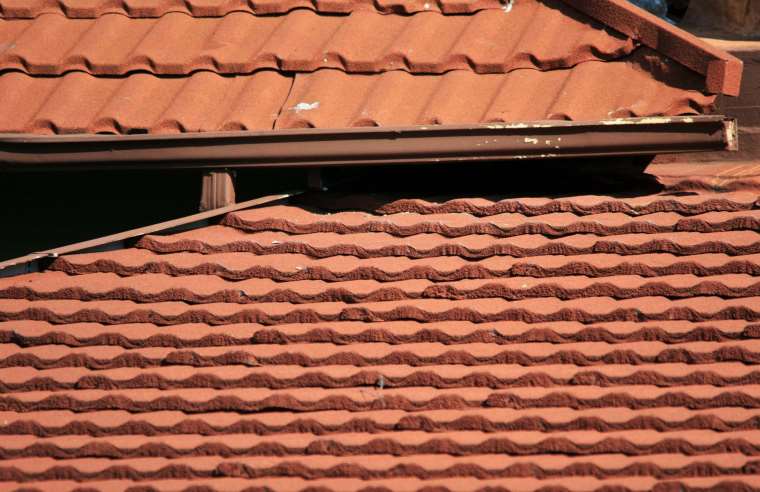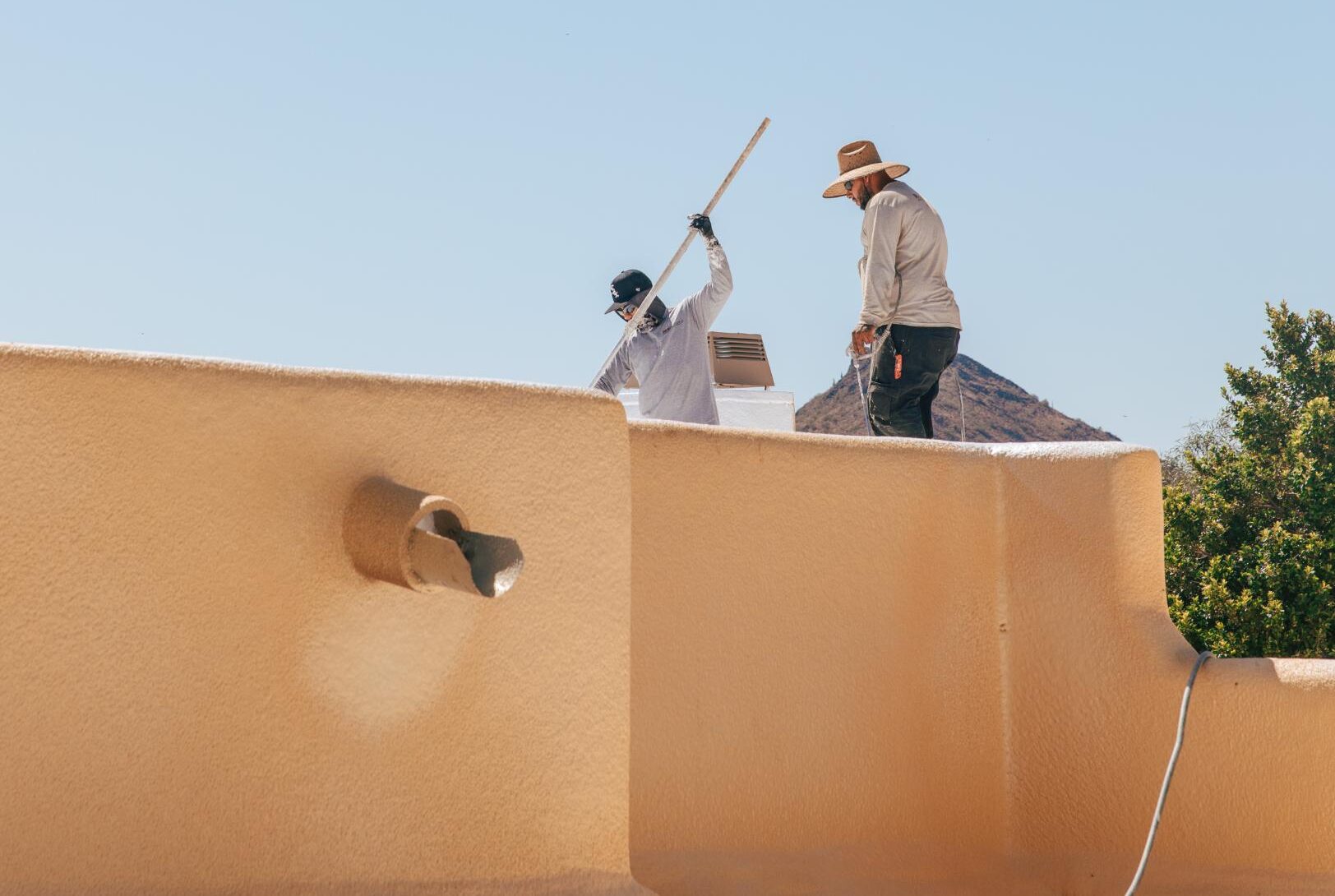Your roof covers your largest asset – and it pays to be informed about what to keep an eye on as your roof ages. Early detection is key when it comes to proper roof maintenance. Do you know what you should always be checking during your bi-annual roof inspections? Here are the basics on the most common issues homeowners will run into during roof maintenance inspections – and what to do about them.
Flashing
Flashing – typically aluminum or galvanized steel – is used at transitions in roof construction to prevent water seeping in and causing damage. Metal flashings are found in many areas of the roof such as valleys, walls, pipe or vent penetration and chimneys.
The most common damage that shows up on roofs is where flashing begins to fail due to weathering or coming loose, leading to water seepage and water damage to the underlayment – and eventually to the house itself. Professional roofers can easily repair flashing issues by replacing the sheet metal with new or by refastening and resealing the existing.
Ponding Water
Ponding water on a roof is defined as water that collects on the roof and does not drain within a 48 hour period. If the water is still there after two days, it is likely that it will not properly drain from the roof. This can be caused by a multitude of issues, but is most commonly seen when there are debris on the roof or the roof was installed with an improper slope.
Standing water on a roof adds additional weight to your roof, adding excess pressure and putting undue stress on your home. This can lead to more leaks, a sagging roof, moss, algae and plant growth or damage of the roof membrane.
What’s the best course of action? Adding more drains than what is currently present, or widening the drains that are already there, can help water move off of the roof more easily. A roofing professional can also use sloping material to redirect standing water towards drains.
Debris and Trees
Debris on roofs from trees and shrubs can lead to bigger issues when they collect in valleys and block drains and gutters on rooftops. In the desert, trees like palo verdes, evergreen elms and mesquites can provide great shade in the summer, but drop their leaves in the winter and leave debris that can impact your roof.
Leaves, needles and small twigs can retain moisture and create a fertile environment for moss and algae, which can deteriorate a roof. They are also the top perpetrator of clogging gutters – further impacting your roof’s ability to move water away from your home to prevent water damage to your foundation. On the opposite end of the spectrum, debris can be a fire hazard – it only takes a small spark in the desert to create a disaster. Working with a professional roofing company that can safely and effectively remove debris from your home’s roof will keep bigger problems at bay.
More destructive than debris can be tree limbs that hang dangerously close to the home. During monsoon season in the Valley, high winds and harsh microbursts of weather can snap tree limbs and cause serious damage to your home. Be mindful of the landscaping in your yard and make sure that your trees are providing shade – but are also safe for your home.
Blistering
Blisters on a roof – either bubble-like or long, thin raised areas – occur when a gas that’s heated by the sun, typically water vapor, is trapped between the different layers of a roof. They most commonly occur when a roof is applied to a damp substrate (such as plywood), or when roofing materials have been compromised. Eventually, these blisters can rupture, which could allow water to penetrate the roof. Fortunately, most blisters can be repaired by a roofing professional by removing the affected area and properly patching it.
How to Tell if your Roof Installation Has Gone Wrong
Poor Installation
Many roof defects can be traced back to improper installation, hasty work and low-quality materials. When you work with our team of professionals at RENCO Roofing, we promise to fix the real problem – with quality workmanship and products. Ready to get started on your next project? Get in touch with us to schedule a consultation today.




